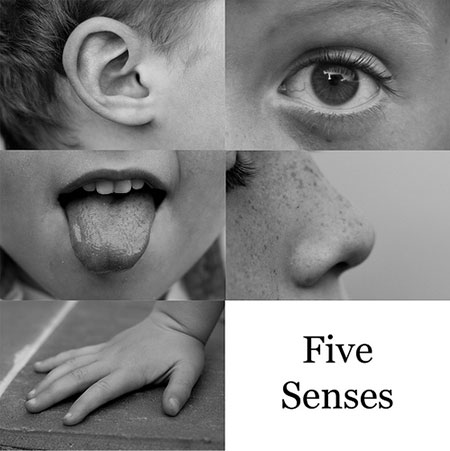
Source: Day 11. 2012/04/20, J. Savio, Flickr
Life would be pretty boring if everything we ever said or heard was literal, like “The day is hot,” or “There is a lot of rain.” Often we need to use literal statements for clarity, but our language is extremely rich with figurative terms as well. For example, the statements “It feels like an oven,” and “It’s raining cats and dogs!” convey the same information as the statements in the first sentence.
Watch this video to see an overview of types of figurative language.
We use figurative language in everyday speech. Writers also use figurative language to make their messages lively, descriptive, interesting, and meaningful. In this lesson, we will focus on three ways to use figurative language:
- To create imagery
- To appeal to the senses (using sensory detail)
- To suggest mood

Source: Five Senses, Nicki Dugan Pogue, Flickr
Understanding figurative language opens our minds to a new way of thinking. Using figurative language is like creating a whole new world of richness and meaning!

Source: Up Up and Away, Jody McNary, Flickr
In this lesson, you will use text evidence to draw conclusions about the ways figurative language works. You will learn to identify figurative language and understand how it creates imagery, appeals to the senses, and suggests mood.